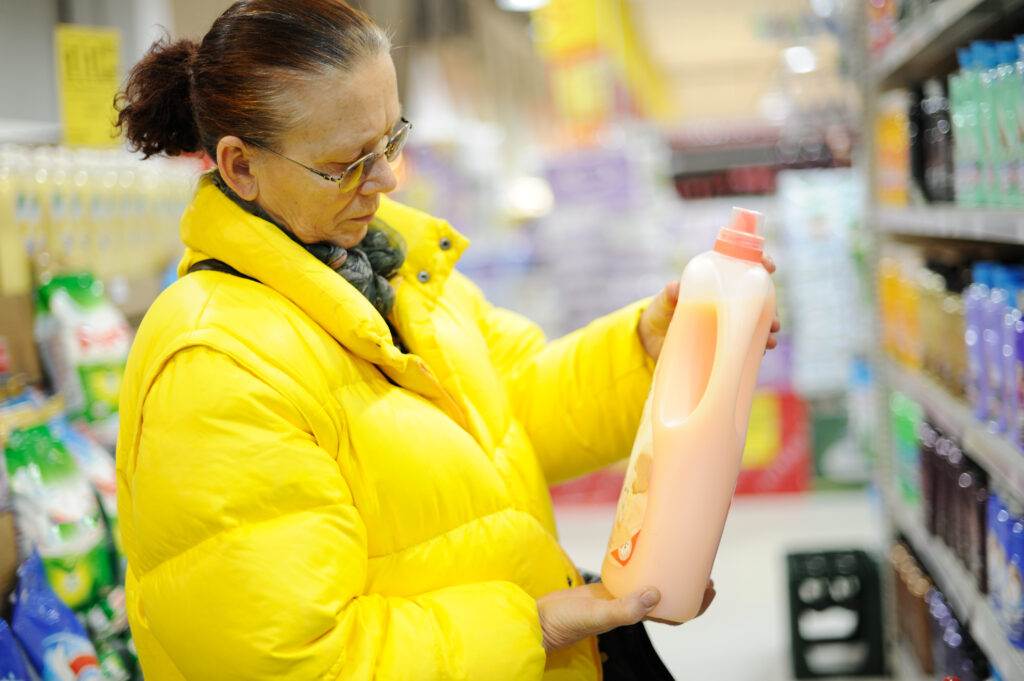Disinfecting your workplace is crucial to maintain a healthy environment for both employees and customers. With the COVID-19 pandemic, there has been an increased focus on sanitizing common office spaces to combat viruses and bacteria. In this blog post, we will discuss disinfection and deep commercial cleaning, its importance, methods, case studies, and how you can protect your employees and customers.
Introduction to Disinfection & Deep Commercial Cleaning
Disinfection refers to the process of killing or inactivating pathogens such as viruses, bacteria, fungi, and parasites that are present on surfaces or objects. It involves using chemicals or other substances to eliminate these microorganisms. On the other hand, deep commercial cleaning goes beyond regular cleaning practices by focusing on hard-to-reach areas and removing dirt buildup. This type of cleaning also includes carpet shampooing, upholstery cleaning, and window washing.
Common Areas of Concern in the Workplace
The most common areas of concern in the workplace include restrooms, kitchenettes, conference rooms, and waiting areas. These places tend to have high traffic and are often overlooked during routine cleanings. Additionally, shared equipment such as keyboards, phones, and doorknobs can harbor germs and spread illnesses.
The Importance of Regular Sanitization
Regular sanitization helps prevent the spread of infectious diseases such as influenza, norovirus, and respiratory syncytial virus (RSV). According to the Centers for Disease Control and Prevention (CDC), frequent touch points such as door knobs, elevator buttons, and stair railings should be sanitized at least once per day. By doing so, you reduce the risk of cross-contamination and help keep your employees and customers safe.
Methods and Techniques for Effective Disinfecting
There are several methods and techniques for effective disinfecting. One method is to use a disinfectant spray or wipe to clean surfaces, including desks, countertops, and chairs. Another technique is to steam clean floors and carpets to remove dirt and debris while simultaneously sanitizing them. Some companies may even use ultraviolet light technology to kill airborne pathogens.
Case Studies: Successful Virus and Bacteria Control
One example of successful virus and bacteria control is the use of hydrogen peroxide vaporizers in hospitals. Hydrogen peroxide is a powerful antimicrobial agent that kills bacteria, viruses, and fungi. The vaporizer releases small amounts of hydrogen peroxide into the air, which then reacts with any organic material it comes into contact with, breaking down the cell walls of microbes and rendering them unable to reproduce.
Conclusion and Call-to-Action
In conclusion, disinfection and deep commercial cleaning play a critical role in keeping your workplace free from viruses and bacteria. By implementing proper sanitation protocols and utilizing advanced cleaning technologies, you can create a safer environment for your employees and customers. We encourage you to take action today by assessing your current cleaning practices and making necessary changes to ensure optimal hygiene standards.

